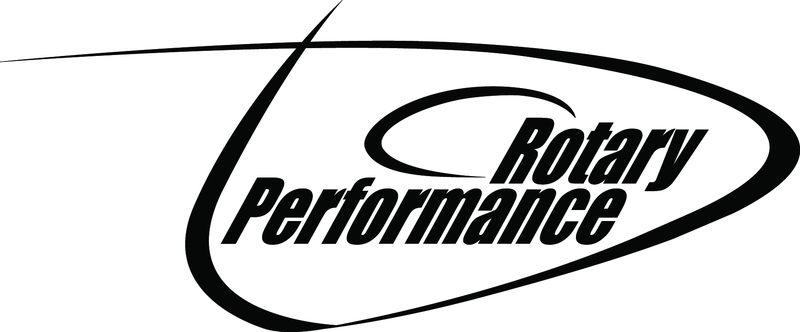The Restoration Triangle: How to Identify a Worthy Project
Posted by Chris Ott on
We all come across a car that we find in dilapidated condition that we fall in love with. It's not usable at the moment, but we wax poetic about bringing that machine back to life and rumble down the streets once again. Romance can cloud our reason and thus I impart some sage lessons from a soothsayer of Garland named Al Jones. Al was a man of few words and those he spoke were learned by pragmatic reason. He was in the business of restoring and/or parting out 1st generation RX-7's and Nissan Z cars. I met him while buying parts to repair an RX-7 of my own. We became collaborators of sorts and thus I spent a good period of time in his tutelage. In that time, 1st generation RX-7's were plentiful and in demand. Al made a business of buying cars from auction, repairing those that were repairable or parting out those that were not. Over that period, I witnessed or assisted in hundreds of these cars being processed. He taught a three sided algebraic equation that I now call The Restoration Triangle.
Let's Begin
How do we know what cars can be saved and what cannot? It is true that with ingenuity, determination and the necessary resources, nearly anything can be brought back to life. This information is based on a fact of economics, not emotion. Historically significant and family heirloom cars are afforded a different criteria. This exercise simply helps to separate the economically viable from those that are not. Before any restoration or build takes place, a thorough assessment of the car should be undertaken. Breaking the car into three groups of Interior, Exterior and Mechanical/Electrical. Each distinct group is close in difficulty to recreate and thus are good discriminators for car judgment.
Interior
This is the most often overlooked area of a classic car. Most manufacturers discontinue interior components fairly early after a cars production has ended. Having many colors and packages, the nuance of parts make this a vital area of concern. First, how complete is the interior? Are missing parts available easily or will they be a hunt? Be honest in this analysis. Look for water damage, excessive wear, cracking, etc. The most important issue is completeness. For us Rotarians, it is particularly challenging finding interior parts. Being a left hand drive country, Japan does not have the same interest in keeping parts around. Minor universal parts like demister grills, door handle cups are not a major concern. A missing seat from a USA only 1983 limited edition RX-7 is a major problem.
Exterior
Everyone wants their car to look right when it's ready to roll. Most of us will have an eye on how the car looks from the outside. It's time to look deeper. Look for evidence of prior collision damage. Judge the workmanship of any found damage. In particular, check sections of the car that cannot be unbolted. Damage to the A and B pillars, box sections of the uni-body, core support and rear quarter panels can be fatal flaws. It's far better to know these issues well before many hours of restoration are under way. Minor issues can be addressed economically. Faded mirrors and bumpers, a minor dent or polishing and waxing.
Mechanical/Electrical
A well sorted mechanical and electrical system is a gift that keeps on giving. Unfortunately, a car that we would consider a project is likely not tip top. We need to know exactly where all the parts stand. The #1 most important factor to this is the engine. We're rotary engine people and the engine needs to be verified to be in good condition. Most important, a compression test is vital to ensure the engine is viable. Beyond this, how are the secondary systems (transmission, differential, suspension, braking and hydraulic system, electrical, etc). There are a myriad of parts and systems on cars. Always be considering missing parts. If you do not have the experience with the cars, find the expertise beforehand. An experts voice can save a lot of money by identifying issues and errors.
Judgment Time
After analyzing each of these three major areas, give each a 1-10 rating of viability. One would be in poor condition and 10 would be ideal. After you have your rating of each group, add them together into one sum total. If your number is greater than 15, then you have a car worthy of consideration. For example, we can have a very poor mechanical car or a car needing quite a bit of body work, but not both on the same car. It gets dicey the closer we get to the 15 mark. When a car is right on the bump spot, you should add a few more criteria. Add uniqueness and rarity to help break a tie. These techniques help to demonstrate whether you're dealing with an economically viable car. We hope you find this useful in identifying your next project. Thanks again from Rotary Performance.
